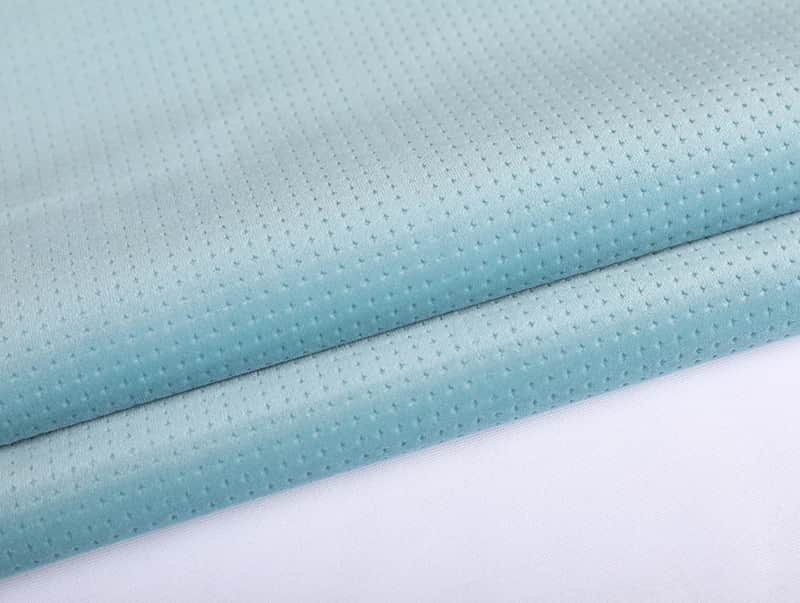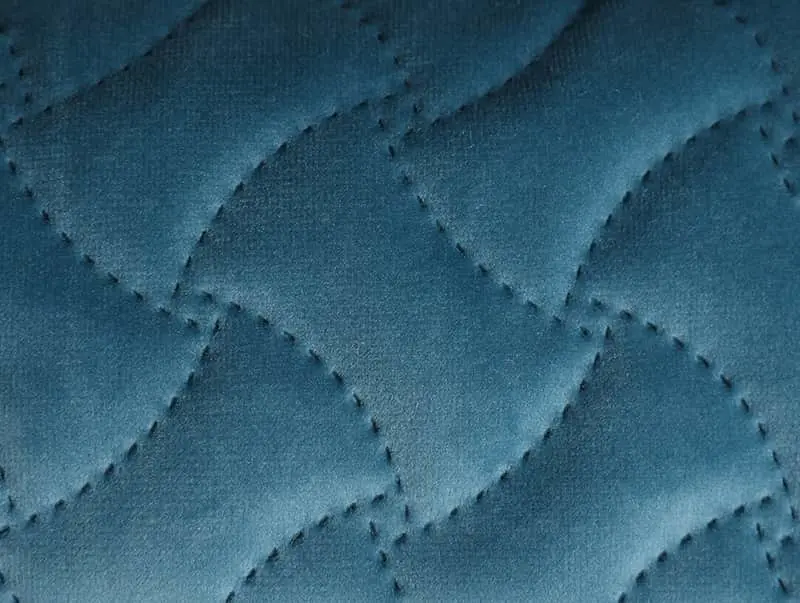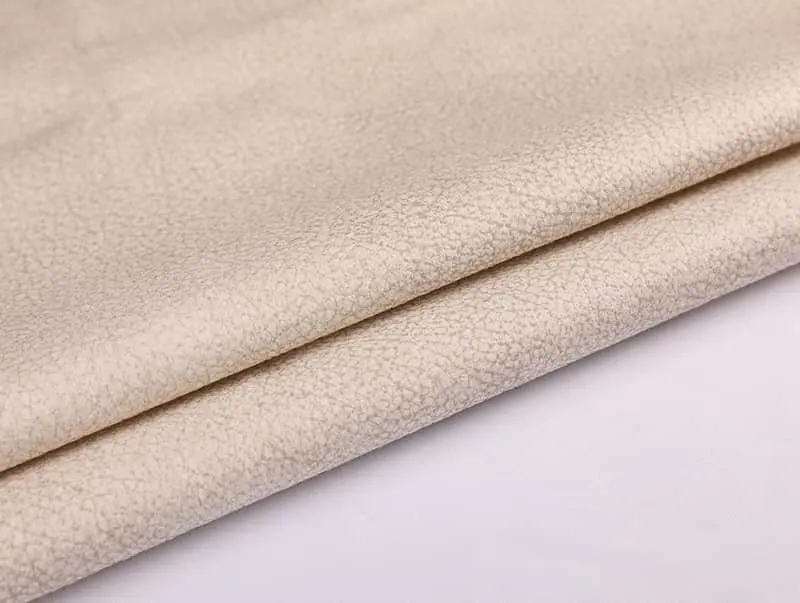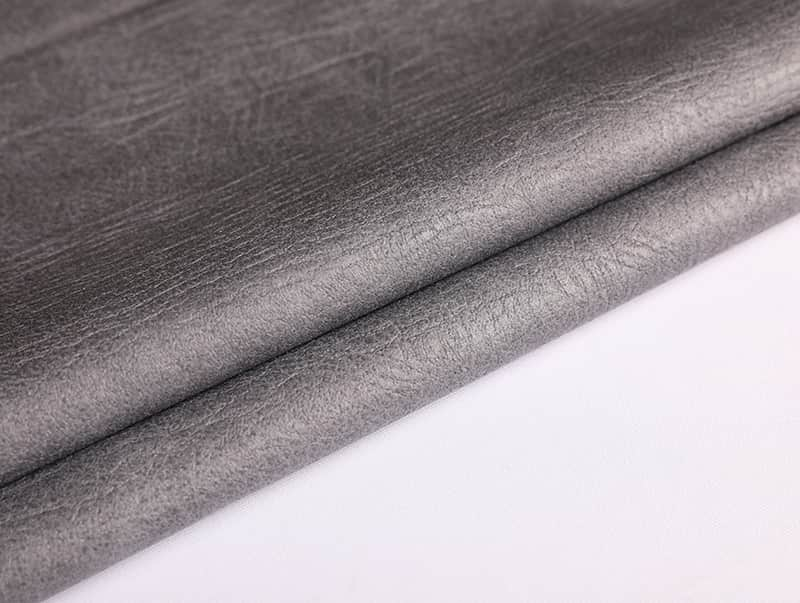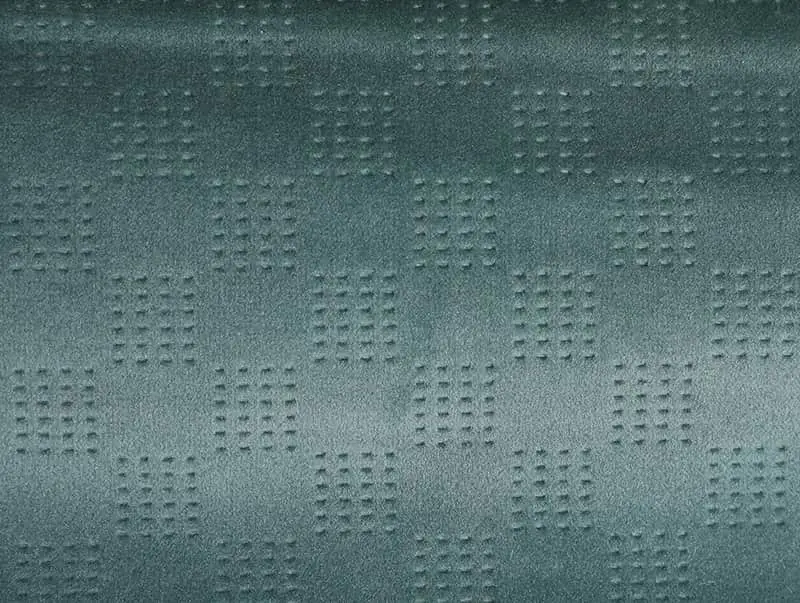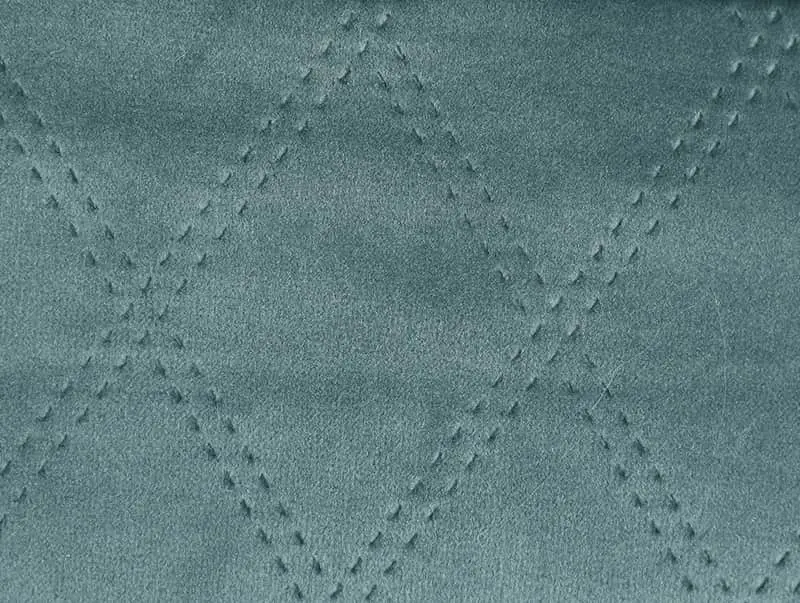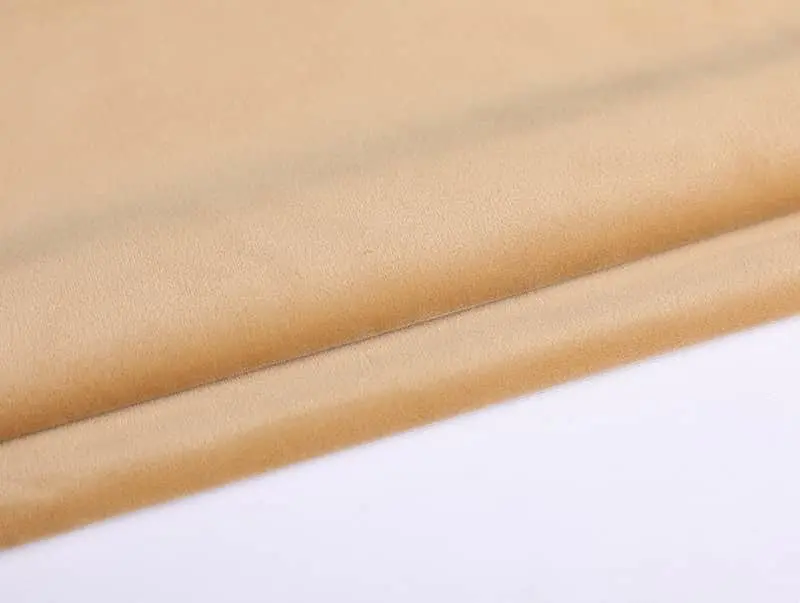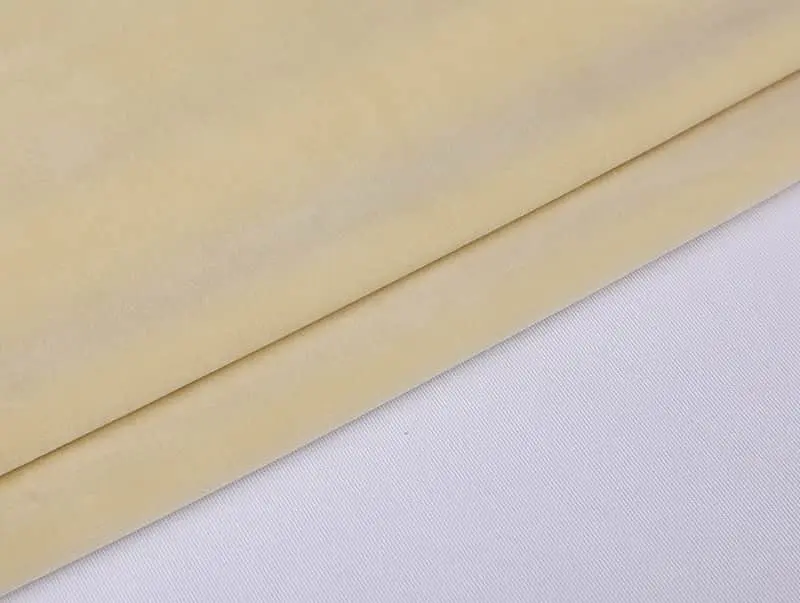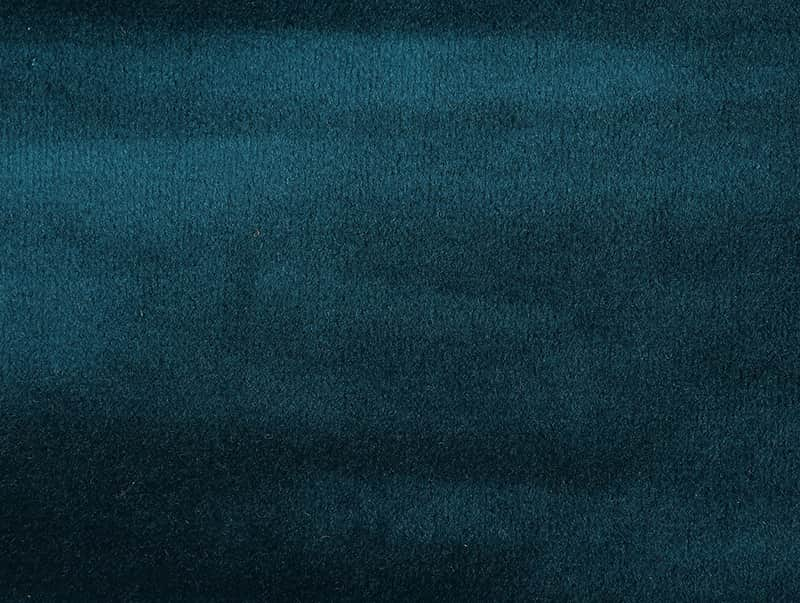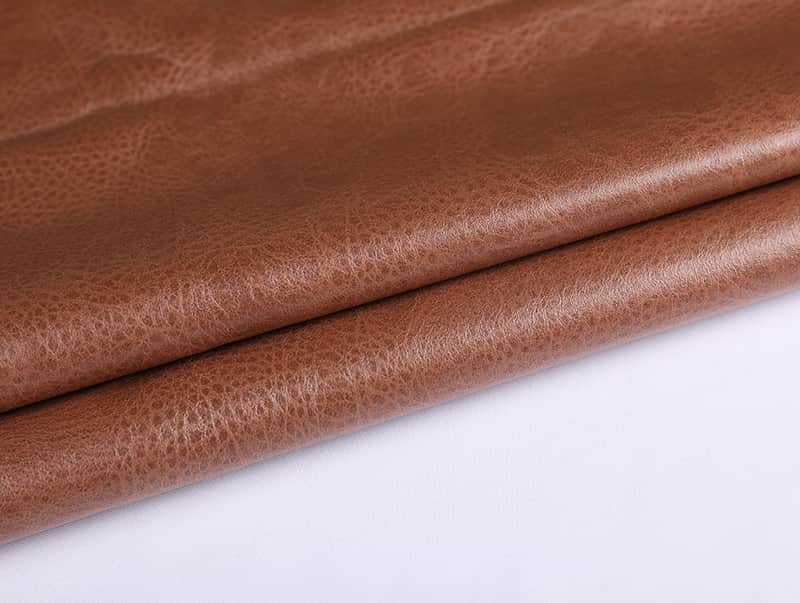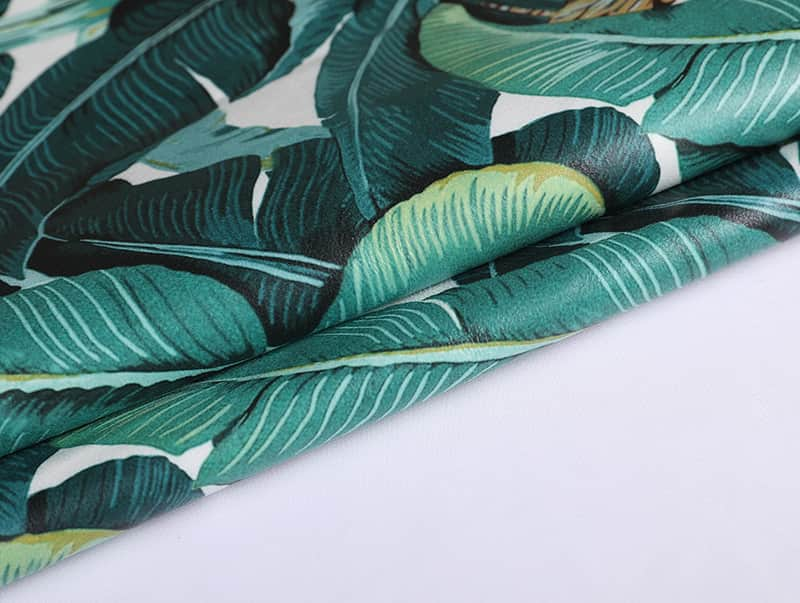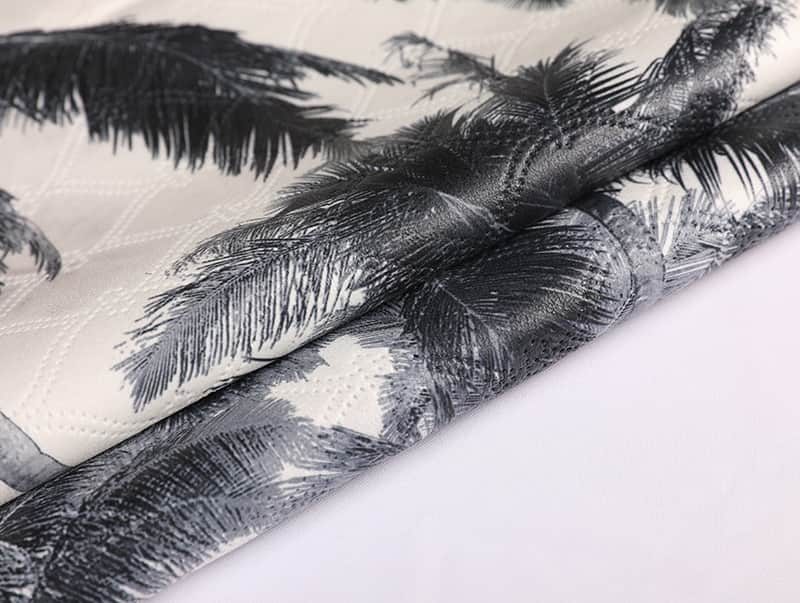1. What Are Curtain Velvet Fabrics
Curtain velvet fabrics are luxurious textile materials used to create soft, elegant, and visually rich window draperies. Velvet is characterized by its dense pile and smooth texture, providing a distinctive sheen that enhances both modern and classic interiors. These fabrics are widely appreciated for their tactile comfort, sound absorption, and light-blocking properties, making them a popular choice in residential and commercial spaces.
Modern velvet fabrics for curtains are made from different fibers such as polyester, cotton, viscose, or blends that improve durability and reduce maintenance needs. Depending on the weave structure and pile height, velvet can range from lightweight decorative drapes to heavy blackout curtains.
2. Main Types of Velvet Fabrics for Curtains
2.1 Cotton Velvet
Cotton velvet is known for its soft, natural feel and subtle luster. It offers excellent drape and warmth, suitable for traditional or vintage-style interiors. However, it can be sensitive to moisture and may require dry cleaning to preserve its texture.
2.2 Polyester Velvet
Polyester velvet is durable, wrinkle-resistant, and more affordable than natural options. It retains vibrant color even after prolonged exposure to sunlight, making it ideal for rooms with large windows. The synthetic fiber composition allows easy washing and low maintenance.
2.3 Crushed Velvet
Crushed velvet features a distinctive, uneven surface created by pressing or twisting the fabric while wet. The texture reflects light from different angles, giving the curtain a luxurious shimmer. It is often used for decorative curtains or accent panels rather than full blackout applications.
2.4 Embossed and Printed Velvet
Embossed or printed velvet fabrics feature patterns pressed or printed onto the surface. These designs add dimension and personality to interior spaces and can match both modern and classic styles. They work well as statement curtains in living rooms or hotel lobbies.
2.5 Velvet Blackout Fabric
Velvet blackout curtains combine the plush surface of velvet with a special backing layer that blocks light. This makes them suitable for bedrooms, theaters, and meeting rooms requiring light control and insulation. The additional lining also enhances thermal and acoustic performance.
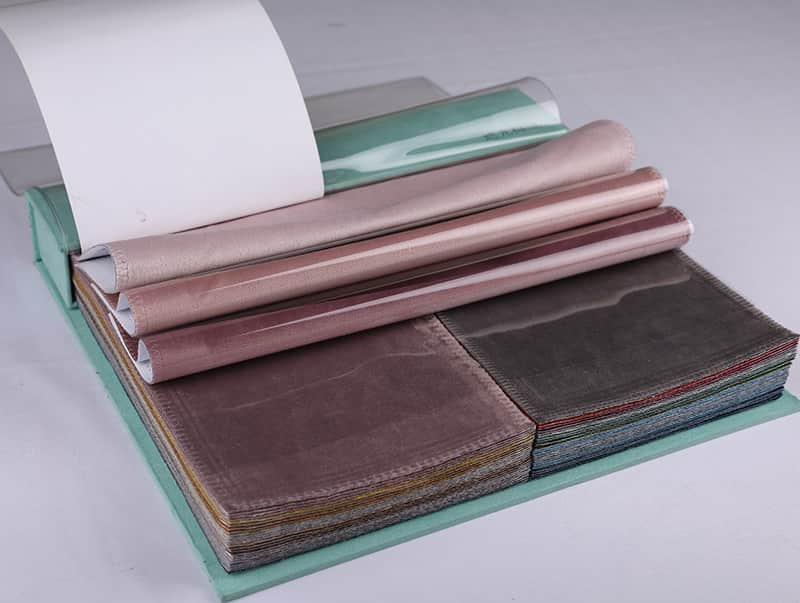
3. Key Properties of Curtain Velvet Fabrics
| Property | Description |
| Texture | Soft, dense, and smooth pile surface |
| Appearance | Distinctive sheen that changes with light direction |
| Light Control | Can provide partial to full blackout depending on lining |
| Insulation | Excellent thermal and acoustic insulation properties |
| Durability | Good resistance to wear, depends on fiber type |
4. How to Choose the Right Curtain Velvet Fabric
Selecting velvet fabrics involves balancing aesthetic preferences with functional requirements. Consider the following aspects before purchase:
- Room purpose: bedrooms benefit from blackout velvet, while living rooms may favor lighter decorative velvet.
- Maintenance: choose polyester velvet if you prefer easy cleaning; cotton velvet requires more delicate care.
- Color and light: darker tones enhance privacy and warmth, while lighter shades reflect light and add space.
- Budget: natural velvets cost more due to fiber and production complexity, while synthetics offer similar aesthetics at lower prices.
5. Care and Maintenance Guidelines
Velvet’s texture and pile require proper care to maintain their original appearance. Handle velvet curtains gently to prevent crushing and distortion of the fibers.
- Vacuum gently using a soft brush attachment to remove dust and lint.
- Avoid excessive moisture; use dry cleaning for cotton and viscose velvet.
- For polyester velvet, cold water hand washing is acceptable; avoid wringing or twisting.
- Steam lightly from the back side to remove wrinkles; never press directly on the pile.
6. Applications and Interior Design Ideas
Velvet fabrics add depth and sophistication to various settings. In addition to full-length curtains, velvet is often used for roman blinds, stage curtains, and theater drapes. It also pairs well with metallic accents, wooden furniture, or neutral tones to balance richness with elegance.
For modern spaces, choose crushed or embossed velvet in muted colors such as grey, taupe, or navy. For classical interiors, heavy cotton velvet in deep jewel tones enhances luxury and warmth.
7. Advantages and Limitations Summary
| Advantages | Limitations |
| Elegant appearance and soft texture | Can attract dust and lint easily |
| Good insulation and sound absorption | Sensitive to high humidity and pressure |
| Available in wide range of colors and finishes | Requires careful maintenance |
8. Conclusion
Curtain velvet fabrics combine beauty, texture, and functionality. Their dense pile structure provides both elegance and performance advantages such as light blocking and insulation. By choosing the right fiber type and finish, you can create window treatments that elevate interior comfort and style while maintaining practicality over time.
